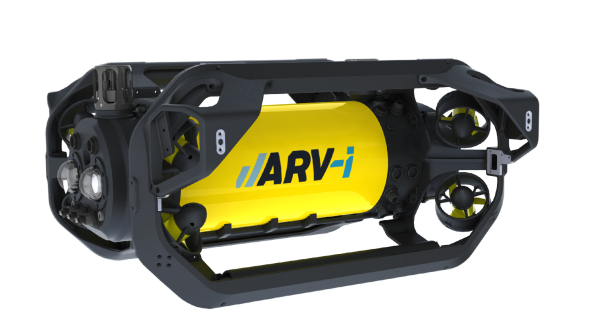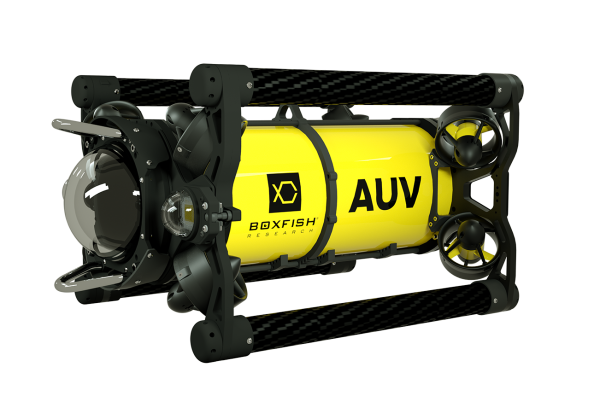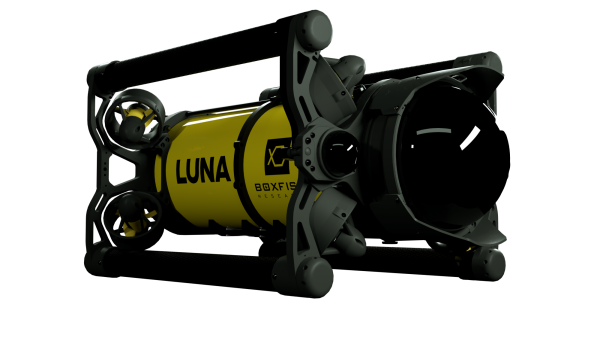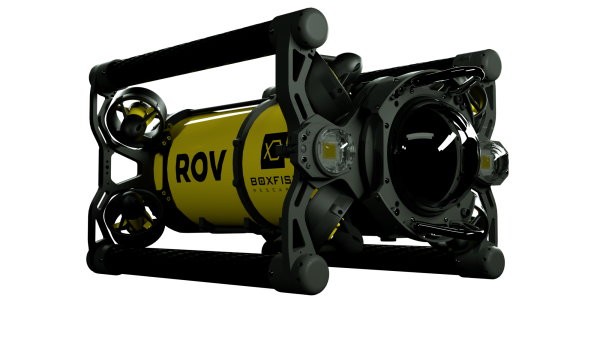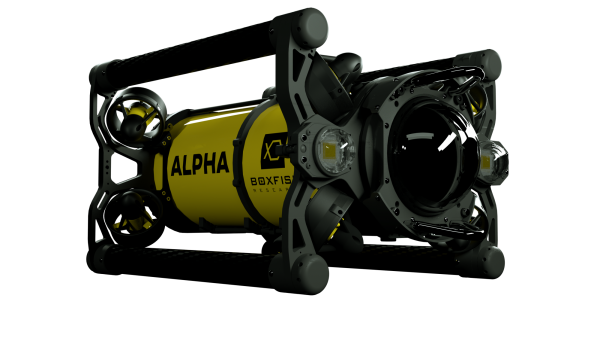Facts & figures
General

- Min. weight of AUV in air [kg]: 24
- Portable, no crane required:
- Depth rating [m]: 300, optional 1,000
- Number of thrusters: 8
- Thruster specifications: 3D vectored thrusters
- Hovering capabilities: Intrinsic
Navigation & payload
- Navigation sensors – standard: DVL, USBL, IMU, depth sensor
- Navigation sensors – optional: Tethered option available
- Charging: Underwater wireless via WiSub pinless connector, 150W and 100 Mbit/s
- Payload sensors – optional: Imaging Sonar, Profiling Sonar, Environmental sensors (CO2, CTD, fluorometer, hydrophone, etc.)
Camera
- Up to 4K, 4K live video monitoring with tether
Operations

- Launch and Recovery System: hand launch, ship launch or operation from dock
- Min. crew size: 2
- Max. speed [kn]: 2.5
- Integral Sensors: Attitude, Heading, Depth
Endurance

- Endurance at nominal power [hr]: 3-10, water conditions dependent
Communication

- Communication Sensor 1: 4G modem
- Communication Sensor 2: remote control over Internet
Telemetry & control

- Emergency recovery procedure: Real-time manual control override, autonomous return to dock
More information

- Applications: underwater observation and inspection, including energy, oil and gas, wind farms, ports, canals and aquaculture
- Distinguishable features:
- Autonomous return to home, path following
- Permanent subsea residency with remote, shore-based control
- Tetherless manual and autonomous operation
- Asset and infrastructure following and avoidance
- Autonomous docking
- Reliability through redundant systems
- Hot-swappable payload.
What would you do with autonomy capable underwater robot?
We would love to hear from you. Just visit our contact page to drop us a message and we will get back to you in 24 hours!

